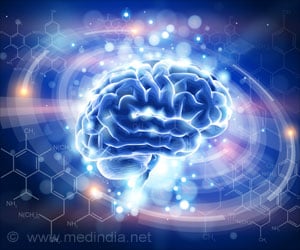Micro and nano device technology can be used for diagnosis and also administration of drugs through the saliva and tears.

‘Micro and nano device technology can be used for diagnosis and also administration of drugs through the saliva and tears. The device collects data which is sent to the user’s or doctor’s smartphone.’
Read More..




A new paper published on new micro- and nano-device technology could revolutionize how certain health conditions are monitored and treated.Read More..
Cheng said, “We sought to create a device that collects both small and large substances of biofluids such as tears and saliva, which can be analyzed for certain conditions on a rapid, continuous basis, rather than waiting on test results from samples in a lab.”
According to Cheng, the sensors placed near the tear duct or mouth collects samples, which would then produce data viewable on a user's smartphone or sent to their doctor. The device needs to be discreet, soft and comfortable for a patient to agree to wear it and would have to be a low-cost option for patients.
The tears- and saliva-sensing technology can be used in the treatment of diseases like oral cancer, oral ulcers, eye wrinkles and oral or eye infections like keratitis (inflammation of the clear tissue on the front of the eye).
In the previous year, Cheng published on a similar wearable skin patch that collects sweat and tests for pH, sodium and glucose levels useful for those with hypoglycemia or diabetes. The new device collects data and also administers medicine with a microneedle through the skin around the eye, mouth or tongue.
Advertisement
The researchers are developing working prototypes and in talks with local manufacturers as well as the National Institutes of Health and Amazon to manufacture the device on a large scale.
Advertisement
He said, “There is strong motivation for us to apply this technology to similar sensing devices in the future.”
Source-Medindia











